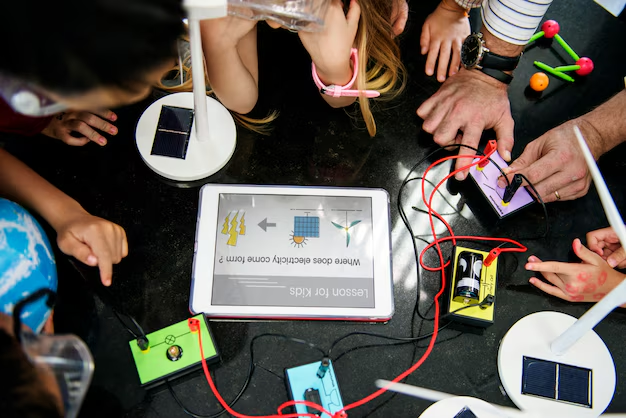Design has always been an essential part of human culture. From cave paintings to architectural marvels, design has played a significant role in shaping how we interact with the world around us. The evolution of design, particularly from traditional art to digital innovation, has been a journey that spans centuries. This transformation has drastically altered how we approach visual communication, user experience, and creativity itself.
Traditional Design: The Beginning of Visual Communication
In the early days, design was predominantly an art form. Artists and craftsmen used natural materials to create structures, paintings, and objects that communicated beauty, culture, and stories. In ancient Egypt, Greece, and Rome, design was deeply intertwined with daily life and spirituality. Architectural masterpieces like the Parthenon and the Pyramids are early examples of design’s influence on civilization.
As society progressed, design began to be recognized as a profession, especially during the Renaissance period. This era saw the rise of iconic figures like Leonardo da Vinci and Michelangelo, whose works blended art and science. Design was used not only for aesthetic purposes but also to solve real-world problems in fields like architecture and engineering.
The Industrial Revolution: Mass Production and Functional Design
The Industrial Revolution marked a pivotal point in design’s history. With the rise of mass production, design shifted from handcrafted art to a focus on efficiency and functionality. The Bauhaus movement in the early 20th century further cemented design’s role in industry. Designers like Walter Gropius and Ludwig Mies van der Rohe championed the idea that form should follow function.
This era also witnessed the rise of graphic design. The invention of printing presses allowed for the mass production of visual media, and designers began to use typography, colors, and imagery to communicate ideas effectively. Advertising and branding became integral parts of the business world, making design a tool for commerce.
The Digital Age: The Rise of Digital Innovation
The real revolution in design came with the advent of digital technology. In the late 20th century, the personal computer, internet, and software like Adobe Photoshop and Illustrator opened new possibilities for designers. Graphic design, web design, and user interface (UI) design became prominent fields as digital technology enabled designers to manipulate images and create interactive experiences.
The rise of smartphones, tablets, and apps brought about an even greater demand for intuitive and user-friendly design. User experience (UX) design emerged as a critical field, focusing on how people interact with digital products. Today, design is no longer confined to physical spaces but extends into the digital world, where virtual experiences are just as important as tangible ones.
Conclusion
The evolution of design from traditional art to digital innovation is a testament to human creativity and adaptability. What began as a tool for storytelling and craftsmanship has transformed into a highly specialized profession that shapes the digital experiences of millions of people every day. As technology continues to evolve, design will undoubtedly continue to push boundaries and redefine how we interact with the world.
FAQs
- What is the role of design in society?
- Design serves as a tool for communication, problem-solving, and enhancing aesthetics in our daily lives, from art to architecture and digital products.
- How has design evolved over time?
- Design has transitioned from traditional art forms to more functional and industrial designs, eventually evolving into digital and interactive experiences with the advent of technology.
- What is the importance of graphic design in modern times?
- Graphic design helps in creating visual communication tools for advertising, branding, websites, and apps, making it a vital part of business and marketing strategies.
- How does user experience (UX) design differ from user interface (UI) design?
- UX design focuses on the overall experience a user has with a product or system, while UI design is concerned with the layout and functionality of the interface.
- What was the role of the Bauhaus movement in design history?
- The Bauhaus movement emphasized the unity of art, craft, and technology, influencing modern design practices and the integration of function and form.
- How did the Industrial Revolution affect design?
- The Industrial Revolution shifted design towards mass production and functionality, marking a departure from handcrafted items to more standardized products.
- What are the future trends in digital design?
- Future trends in digital design include the rise of artificial intelligence, immersive experiences through virtual and augmented reality, and a focus on sustainable design practices.

